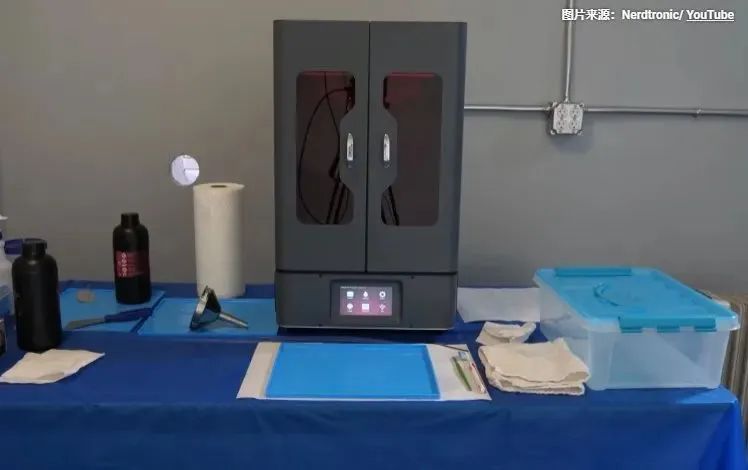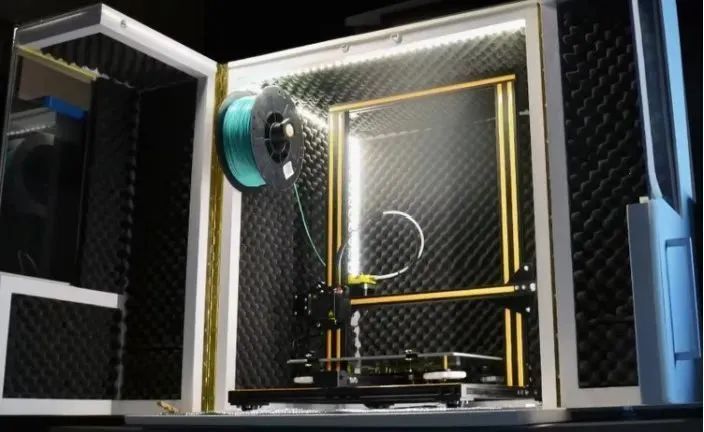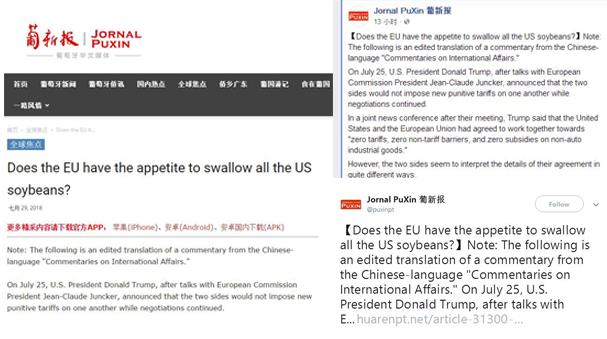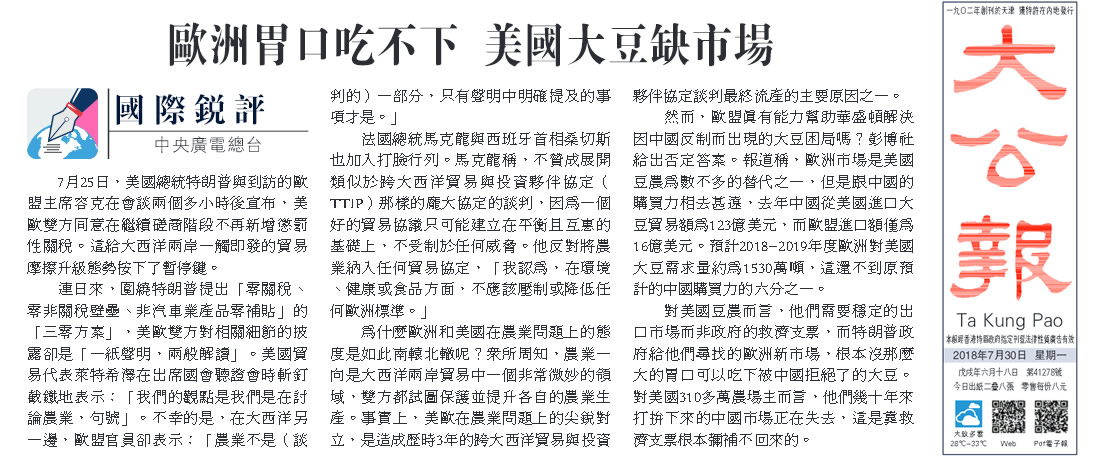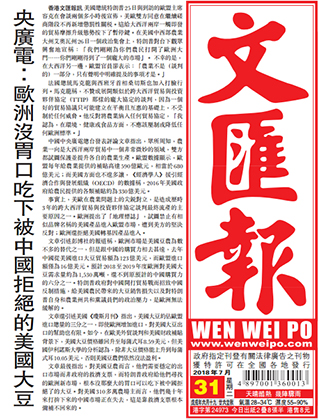Produced by: Popular Science China
Production: Zhang Hao (All-day elite alliance of colleges and universities)
Producer: computer network information center
In many film and television works, such a bridge often appears: after being shot at close range, the villain can still get up, shake the dust and say that he is actually wearing a bulletproof vest (actually a bulletproof vest). Is such a plot credible? Can you resist the impact of bullets by wearing bulletproof vests?
Body armor has been updated and iterated since its birth. From early silk body armor to today’s polymer body armor,Stop bullets and buffer kinetic energy.The original intention has not changed. However, the protective ability of bulletproof vests has been greatly improved in decades.The evolution history of bulletproof vest is also the development history of material science and technology..
Tigers can sniff roses, but silk is bulletproof.
When it comes to bulletproof vests, you have to mention"Bulletproof Father" casimir Ziegling.The concept of "densely woven body armor" put forward by him is still the direction of body armor design until today.
Ziegling, a Polish engineer, was born in Ukraine in 1869. His early experience was full of twists and turns. Ziegling became a clergyman at the age of 18. Three years later, he went to the United States to continue his religious activities. At the peak of his religious career, Ziegling served as a priest of a Polish Catholic church in Chicago, with a population of 40,000, which was the largest Polish Catholic church in the United States at that time.
In 1893, a great event happened that changed Ziegling’s life-Chicago Mayor Carter Harrison was assassinated. From then on, Sieglin decided to develop "sacred equipment that can protect the world"-A new type of bulletproof vest that is light and can stop pistol bullets.
After experimenting with a series of materials, including cotton cloth, steel shavings and hair,He finally decided to use silk as a breakthrough..
I’m afraid most of the impressions silk gives us are as thin as cicada’s wings and as moist as jade. However,Silk fibers actually have extremely high strength.Silk fabric has excellent elasticity and is tougher than other natural fiber fabrics when subjected to instantaneous deformation. The next question is how to combine silk fibers into an organic whole. In order to find a suitable knitting method, Zig Lin Yuan crossed the ocean, and finally developed silk fabrics in the silk weaving factories in Vienna and Aachen.
Ziegling’s bullet-proof material is a four-layer thick silk fabric, which is about 3mm thick (another said that it is embedded with a 1.6mm thick steel plate) and weighs about 250g per 0.1m2.. After complicated weaving, this material became extremely thick and dense, which could successfully stop pistol bullets at that time at a relatively close distance.
After the success of the experiment, Ziegling demonstrated the power of his new body armor many times on the spot all over the United States, and became famous all over the United States and even the whole western world.
Ziegling, who was full of ambition, resigned from the church and devoted himself to the development and promotion of new bulletproof vests. However, his later road to entrepreneurship was full of hardships.
At first, the US military hoped to introduce his technology, only to find thatThe biggest problem with silk bulletproof vests is the cost.According to Ziegling’s knitting method, each bullet-proof vest consumes a lot of silk, and the unit price of the initial product reached 800 US dollars (about 90,000 RMB today), which is also impossible for the US military with deep pockets to equip in large quantities. So, Ziegling thought of directly seeking help from the then American President-william mckinley.
After several twists and turns, the White House finally agreed to arrange for him to meet with the President. However, as President McGinley is currently on a six-week national lecture tour, Ziegling can only wait for the time being. The tragedy happened two weeks later. On September 6, 1901, President McGinley was assassinated at the scene of the Pan-American Expo in Buffalo. The murderer shot him twice in the abdomen at close range, which led to the president being admitted to the hospital for emergency treatment, and he died of his injuries on September 13. In fact, the revolver used by the murderer was quite weak. If the president had been wearing Ziegling’s bulletproof vest, he might have escaped.
The unexpected assassination of the President dashed Ziegling’s hopes of receiving high-level government assistance. In the following ten years, Ziegling and his partners constantly promoted their products to the dignitaries in the western world, including Archduke Ferdinand, the Crown Prince of Austria-Hungary. However, the trick of fate made Ziegling suffer another major defeat.
On June 28th, 1914, Archduke Ferdinand, who was wearing Ziegling bulletproof vest, was assassinated in Sarajevo (it is also said that although Archduke had the same bulletproof vest, he was not wearing it at the time of the incident). The murderer did not attack the covered part of the bulletproof vest, but shot directly at the neck of Archduke, which eventually led to the death of both Dagong and his wife on the spot. As everyone may know in the later scripts, the assassination of Archduke Ferdinand directly led to the outbreak of the First World War.
For Ziegling, a potential fame opportunity has thus become the talk of later generations. Ziegling was probably so poor at the end of his life that there were many versions of the exact year of his death.
However,As one of the founders of modern bulletproof vest technology, Ziegling left his name in history.Looking back at his slightly failed entrepreneurial experience, apart from the fact that luck is true and almost meaningless, the product strength of silk body armor itself does have problems, and the high cost makes it doomed to be unable to be promoted.
Steel is a flash in the pan for steel and metal bulletproof vests.
After the outbreak of World War I, in order to reduce the front-line battle damage, countries have tried different programs of bulletproof vests.However, due to the technical level of materials at that time, this kind of body armor was basically made of metal.Compared with the ancient one-piece armor, they have little innovation, and can be completely described by the word "big and stupid".
In order to resist rifles and even machine gun bullets from a certain distance, their weight is more than 10 kg or even 30 kg, which greatly limits the mobility of the wearer. On the battlefield at that time, almost only people who didn’t need too much maneuver, such as machine gunners, medics and pilots, could use it.
In World War II, the development of material technology greatly reduced the weight of bulletproof vests, and some specially processed steel grades only need 2mm thickness to play a considerable bulletproof role.Under the same protective strength, the metal body armor in World War II was less than one-third of that in World War I. However, the weight of more than 4 kilograms is still too heavy for field arms that emphasize maneuverability.It is urgent to realize the lightweight and high performance of bulletproof vest.
At that time, people clearly knew that the dense woven body armor similar to Ziegling’s plan was the future development direction, but neither silk, cotton cloth nor nylon bullet-proof materials, which began to rise after World War II, could gain the upper hand in the contest with contemporary firearms. After all, while the shield is upgraded and iterated, the spear is also improving day by day.
In the late World War II, new guns generally enhanced the power of ammunition by adopting more efficient propellant, more changeable warhead and body materials, and more modern ballistic control technology. Body armor was losing ground in this "contradictory attack and defense", which was not reversed until the emergence of Kevlar in the late 1960s.
Kevlar was born, and practical lightweight bulletproof vests came to the front desk.
Kevlar is a kind of synthetic fiber, the scientific name is "poly (p-phenylene terephthalamide)", and the common name is aramid fiber, which was first developed by DuPont Company in 1965.
The tensile strength of Kevlar is about five times that of the same quality steel. Theoretically, it only needs a fraction of the weight to achieve similar protective performance of steel plate.The strength and toughness of Kevlar are closely related to its structure. The polymer monomers first form repeated straight chain structures, and the chains form effective connections through hydrogen bonding force, thus further strengthening the mechanical properties of the overall structure.
When a warhead is attacked, several layers of tightly woven Kevlar fabric can make the kinetic energy of the warhead decay sharply when it moves forward. The warhead is usually embedded in the bulletproof layer, and the energy brought by the impact of the warhead will be quickly dispersed through the network of fibers and fabrics. The problem of secondary injury caused by bullet scattering in metal body armor has been well suppressed.
Besides,It also has flame retardancy and self-extinguishing characteristics.Kevlar will not melt like many polymers when heated, but will carbonize directly, and will not cause additional burns because of the melting of protective clothing on the battlefield where the fire is raging. As a chemical fiber, Kevlar is relatively cheap and easy to process, and people finally find an ideal material for bulletproof vests.
However, although the appearance of Kevlar saved a city for the bulletproof side, it is by no means perfect.Kevlar is very sensitive to water, and its strength is greatly attenuated after immersion, so it is not allowed to wade in actual combat wearing Kevlar bulletproof vest.In the later stage, although a series of waterproof treatment processes were developed to cope with moderate rainfall, the subsequent consequence was that the air permeability was completely sacrificed and the wearing comfort was quite poor. Besides,Kevlar is also sensitive to ultraviolet rays.This greatly limits their service life, and the effective service life of Kevlar body armor is often around 3-5 years.
While Kevlar emerged, people developed a series of polymer man-made fibers. This includes a structure similar to Kevlar.Tevalen and ultra-high molecular weight polyethylene (UHPE) represented by Dinima and Spectra.Wait. The molecular weight of ordinary polyethylene is only a few hundred thousand, while the molecular weight of UHPE can reach nearly 10 million.The impact resistance and wear resistance of UHPE material are better than Kevlar, and it will not deteriorate in water absorption, and it can float on the water surface.However, the disadvantage is that UHPE material will melt in the environment of about 135 degrees.
The appearance of various polymer fibers adds a lot of flexibility to the selection of bulletproof vest materials. By the end of last century, the polymer bullet-proof vest made of Kevlar could resist the continuous firing of most modern pistol bullets at a close distance (provided that the impact points need to be spaced apart). Moreover, compared with the bulky predecessors, the polymer body armor has revolutionized the portability and comfort.
How to tap the potential of bulletproof materials in the post-Kevlar era
However, the technological upgrading of bulletproof vests is still far from the time to retreat.firstIt is still impossible to effectively resist rifle bullets at close range by relying solely on polymers such as Kevlar. Compared with pistol bullets, rifle bullets are longer, have more charge, and have greater muzzle velocity and kinetic energy. At the same time, with the help of the ballistic stability brought by the long barrel, the warhead can be processed into a sharper shape, which greatly increases the penetration performance.
In addition, in the 1980s and 1990s, influenced by the Soviet Union’s large-scale export of ordnance to the Middle East and the turmoil in Eastern Europe after the disintegration of the Soviet Union, some Russian-made handguns and their corresponding pistols and guns gradually flowed into the hands of criminals all over the world. This kind of pistol bullets are extremely powerful and can easily penetrate the light bulletproof vests commonly equipped by police in various countries. American slang even directly refers to this kind of bullet as "Cop Killer".
As a result, since the 1990s, western countries have introduced a new generation of bulletproof vests with stronger defense. Most of these products pass throughThe protective ability is enhanced by arranging a hard protective plate on the outer layer of the traditional polymer bulletproof vest.The materials of this kind of hard protective plate are mostlyCeramics, metals and high-pressure thermoformed polymers have very high penetration resistance.
Ceramic protective plates are not only lighter than metal, but also have higher hardness, which makes them deform the warhead more strongly when they collide with the warhead, thus reducing its kinetic energy. However, ceramics are inherently brittle, and once they are attacked by a shotgun and other weapons with many bullet points, they are likely to break instantly because of stress concentration.
The metal protection plate is mainly made of steel, titanium alloy and even high-strength aluminum alloy.Its advantage lies in that the natural high plasticity of metals can avoid brittle cracking like ceramics, and it also gives them higher continuous impact resistance. However, due to the relatively low ratio of hardness to ceramics, the ability to resist penetration is limited. In addition, for metals, ricochet and fragments are problems that must be paid attention to, so there is often a layer of fabric on the surface of the metal guard to prevent the warhead from splashing.
Polymer fender can be roughly divided into hot pressing type and fiber weaving type.It has the advantages of portability, good energy absorption, easy molding and high specific strength. Although the protective plate sacrifices certain mobility, it makes the bulletproof vest have the ability to resist the close-range shooting of some rifle armor-piercing bullets. This is the upper limit of the current protective ability of bulletproof vests.
What will bulletproof vests look like in the future?
What kind of materials will bulletproof vests be made of in the future?At present, many new technologies and materials, such as spider silk fiber, graphene and shear rheological materials, are emerging in the laboratory. Considering factors such as cost and comprehensive performance,Polymer chemical fiber is still the first choice for bulletproof materials.. After all, the above materials may have outstanding experimental values in specific strength and local energy absorption characteristics, but there is still a long way to go to realize large-scale production.
Considering that simply increasing the capacity of ammunition and the size of guns will damage the maneuverability of guns, it is not practical and the enhancement of bullet power has almost reached the bottleneck. Nowadays, it seems that the confrontation between bulletproof vests and bullets is equally divided for the time being. Under the selected test conditions, bulletproof vests have been able to well resist the attack of bullets of corresponding grades.
However, the development of human science and technology is endless. The next generation of portable high kinetic energy weapons and laser weapons are likely to make today’s bulletproof vest technology return to the primitive social level. How will the bulletproof vest technology be upgraded at that time?
Contradictory confrontation will continue.However, what we want most is a world where none of these protections are needed.
The article only represents the author’s point of view and does not represent the position of China Science Expo.







